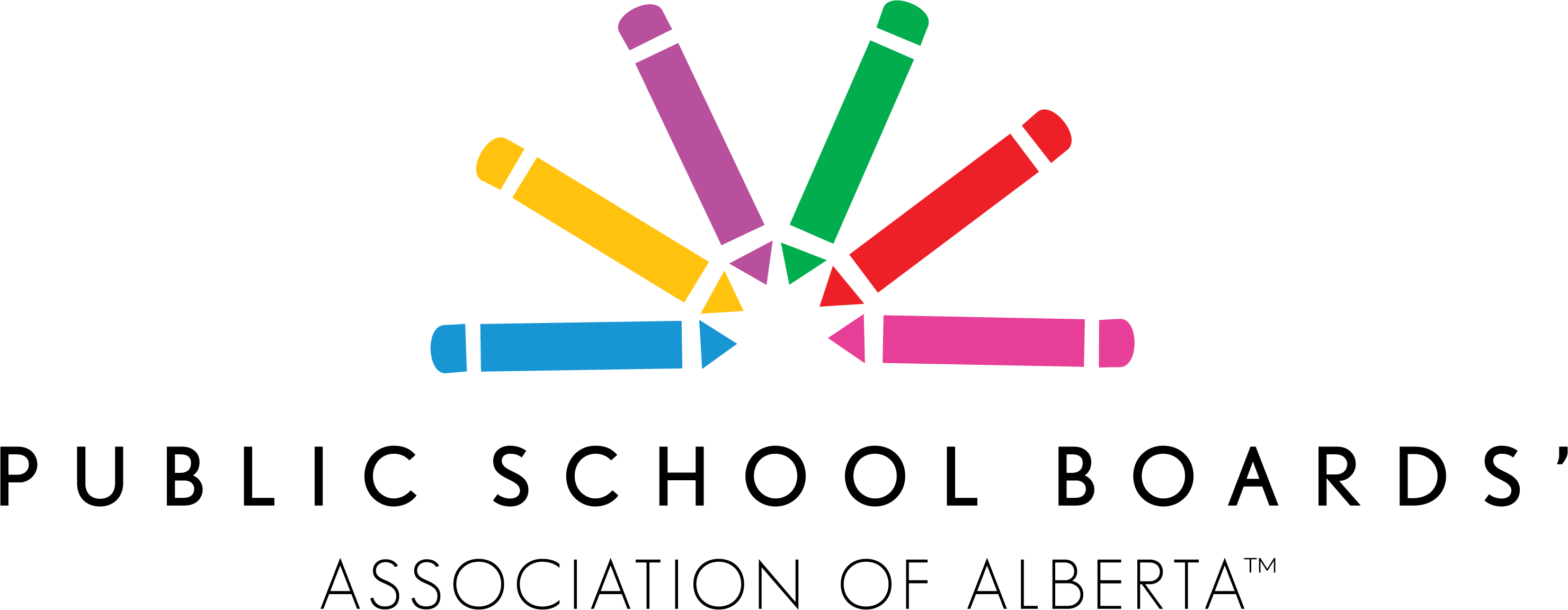April 2, 2019
Government should create incentive for all education systems in Alberta to cooperate to benefit students
Now that Alberta is in the midst of a provincial election campaign, we would like to share our three-point wish list for K-12 public education in Alberta.
Elections mean lots of promises and funding announcements, and K-12 education is no different. We appreciate all the debate and ideas, because it’s critically important to talk about the future of education in Alberta. We are educating the next generation of Albertans to take their place in society, and locally-elected public school board trustees are responsible for carefully managing public funding dollars to meet the education needs of their local students and communities.
So far in this election campaign we have heard proposals to cap class size, increase the number of educational assistants and support for inclusive education, and improve education for Indigenous people. We will always welcome more funding to benefit our students.
For the 2018-2019 school year, Alberta Education funding for K-12 education is $8.4 billion.
Whether the issue is class size, meeting complex needs, providing more teachers and educational assistance, more resources in the classroom, more schools, more funding for student transportation, or how we administer education in the province – education funding is complex, and individual election promises only address part of the equation.
Therefore, point one of our election wish list is that the government would increase the role and responsibility of locally-elected school boards, and reduce the emphasis on education funding that targets specific initiatives. Targeted funding sounds like a good idea, but it actually restricts public school boards from being able to meet the unique needs of students within their local communities.
Point two is for the government to recognize that our public schools are the only ones that welcome and accept – unconditionally – all students in society. This is a wonderful privilege, but it also means public schools face unique financial challenges to meet that responsibility – challenges not faced by other education systems in Alberta and costs that are often not covered with the provincial funding dollars received.
Point three is for the government to provide a real incentive for all education systems in Alberta – public, separate, francophone, home school, charter schools and independent schools – to cooperate better with each other, to improve educational opportunities for students while reducing costs. Such cooperation – of which there is very little at present – could include sharing school buildings and administration staff, combining delivery of specialized services, and eliminating multiple and already-duplicated student transportation routes and networks.
How should K-12 education funding be changed to meet the needs of 21st-century students in Alberta? How will locally-elected school board trustees be active participants in this process, and how will we, our students, educators, families and communities be consulted? These are some of our questions, and we look forward to hearing from all parties on the answers.
Cathy Hogg
President
Public School Boards’ Association of Alberta
